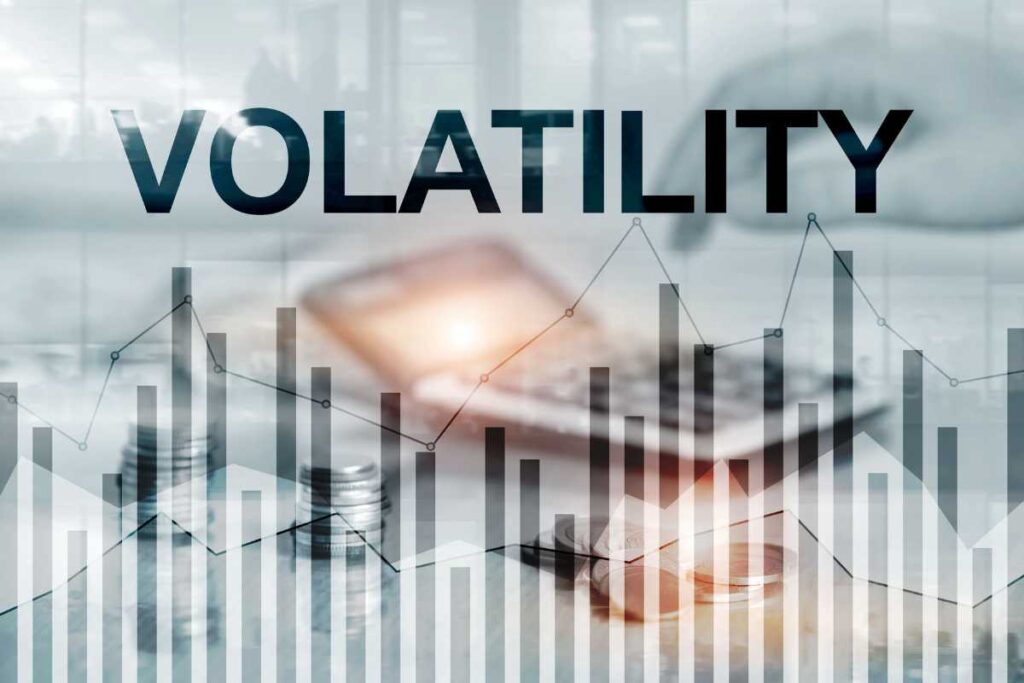The cryptocurrency market has come a long way from its early days of speculation and skepticism. Once seen as a niche for tech enthusiasts, it has now matured into a mainstream asset class with adoption from retail investors, financial institutions, and even governments. As we step into 2025, cryptocurrencies are no longer just about Bitcoin or Ethereum; they represent a diverse and evolving financial ecosystem.
If you’re a beginner looking to build confidence and start investing in crypto this year, here’s a practical guide to help you navigate the landscape with clarity and caution.
Why Crypto Still Matters in 2025
The world of digital assets has become deeply integrated into global finance. Central banks are exploring Central Bank Digital Currencies (CBDCs), companies are adding crypto to their balance sheets, and blockchain is powering everything from supply chains to healthcare data.
Crypto matters today because it provides:
- Decentralization – reducing reliance on traditional banks.
- Accessibility – anyone with an internet connection can participate.
- Innovation – blockchain is powering DeFi, NFTs, Web3, and AI-driven finance.
- Hedge Potential – cryptocurrencies are increasingly seen as alternatives to inflation-prone fiat currencies.
Step 1: Understand the Basics
Before investing, it’s essential to grasp the fundamentals:
- Bitcoin (BTC): The original cryptocurrency, seen as “digital gold.”
- Ethereum (ETH): A blockchain powering smart contracts and decentralized apps (dApps).
- Altcoins: Cryptos beyond BTC and ETH, ranging from utility tokens to meme coins.
- Stablecoins: Tokens pegged to stable assets (like USD) to reduce volatility.
- DeFi (Decentralized Finance): Peer-to-peer financial services like lending, borrowing, and staking without intermediaries.
Step 2: Define Your Goals
Ask yourself: Why am I investing in crypto?

- Are you looking for long-term growth (buy and hold)?
- Do you want to trade actively (short-term profits)?
- Are you curious about passive income streams (staking, yield farming)?
Your goals will shape your strategy, risk tolerance, and choice of assets.
Step 3: Choose a Safe Platform
With scams and hacks still present in 2025, security should be your first priority.
- Use reputable exchanges (Coinbase, Binance, Kraken, or region-specific licensed platforms).
- Consider hardware wallets for storing large amounts.
- Enable two-factor authentication (2FA) and strong passwords.
Remember: Not your keys, not your coins.
Step 4: Diversify Your Portfolio
Don’t put all your money into one coin. A smart beginner’s portfolio might include:
- Bitcoin (BTC): 40% (long-term store of value).
- Ethereum (ETH): 30% (innovation and ecosystem growth).
- Altcoins (ADA, SOL, AVAX, etc.): 20% (potential high growth).
- Stablecoins (USDT, USDC): 10% (liquidity and safety net).
Diversification reduces risk and helps balance volatility.
Step 5: Start Small and Scale Gradually
Crypto is volatile; prices can swing 20% in a day. Start with a small amount you’re comfortable losing. Use Dollar-Cost Averaging (DCA) to invest fixed sums regularly rather than trying to “time the market.”

Step 6: Stay Informed but Avoid Noise
In 2025, crypto information is everywhere: news portals, Twitter (X), Reddit, and YouTube influencers. While staying updated is important, avoid making emotional decisions based on hype.
- Follow reliable sources.
- Check multiple viewpoints.
- Understand the technology behind a coin before investing.
Step 7: Manage Risks
- Set Stop-Loss Orders: Protects you from big drops.
- Take Profits: Don’t wait for “moonshots.” Secure gains when possible.
- Avoid Over-Leverage: Trading with borrowed money can wipe out your investment.
- Have an Exit Plan: Decide when to sell, whether at a profit target or if fundamentals change.
What’s New in Crypto Investing in 2025?
- Regulation is clearer: Many countries have frameworks for crypto taxation and exchange licensing.
- AI + Crypto Integration: Automated trading, AI-driven analysis, and predictive models are reshaping investment decisions.
- Green Cryptos on the Rise: Sustainability concerns are fueling adoption of eco-friendly blockchain solutions.
- Real-World Assets (RWA) Tokenization: Property, stocks, and commodities are being tokenized for blockchain investment.

The Mindset of a Confident Crypto Investor
Investing in crypto requires more than knowledge; it requires a mindset.
- Patience: The market has cycles.
- Discipline: Stick to your plan, don’t chase hype.
- Openness to Learn: Crypto is evolving; so should your understanding.
Final Thoughts
Crypto investing in 2025 is no longer just about chasing quick gains; it’s about participating in a financial revolution. As a beginner, the key is to educate yourself, start small, diversify, and stay disciplined.
Confidence doesn’t come from luck; it comes from knowledge, preparation, and experience. And with the right approach, 2025 can be the year you build a strong foundation in the world of crypto.

